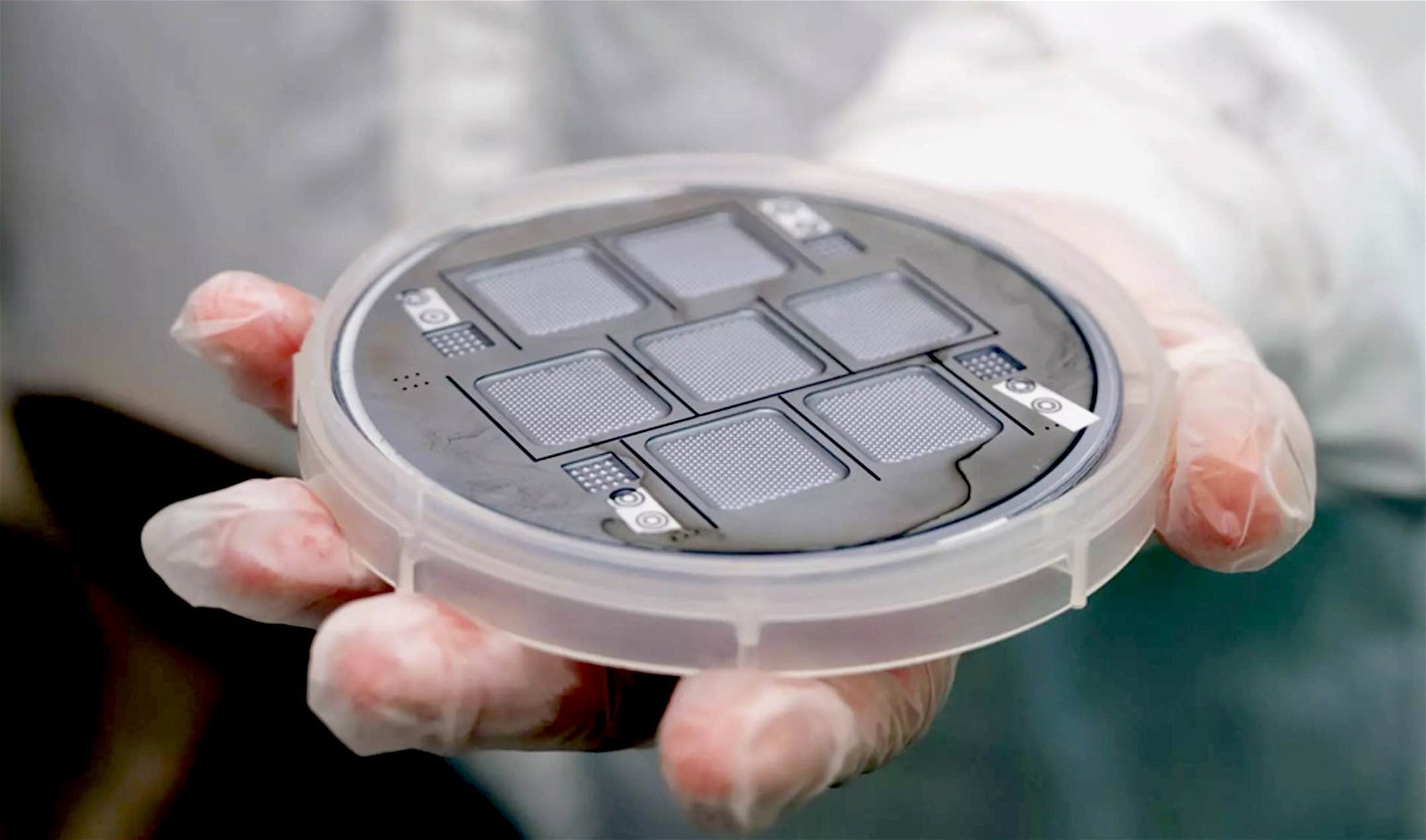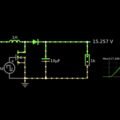The ESA is producing a new electrospray propulsion system small enough to fit into the palm of your hand, fitted with tiny pinhole-sized ion emitters that will soon offer a cost-effective solution for propelling small spacecraft.
Aptly named the Adaptable THruster based on Electrospray powered by Nanotechnology, or ATHENA, the compact unit relies on micro and nanotechnology to produce a silicon wafer featuring seven emitter arrays, fitted with a combined total of more than 500 of the tiny emitters that fire a spray of ions that are accelerated by an electrostatic field the unit produces.
Referred to as an electrospray thrust system, the compact design offers an economical new propulsion capability for small spacecraft like CubeSats.
Along with the system’s low production cost, it relies on non-toxic liquid salts as an environmentally safe propellant, which are already commercially available due to their use in other industries. The thrust system is currently being built by the Spanish company IENAI SPACE.
“Developing a new technology, which we have built from scratch, has been no easy feat, but we are confident that our propulsion products will stand out in the market for their incredible performance and customization capabilities,” said Daniel Pérez Grande, CEO & Co-founder of IENAI Space.
Grande adds that his company has already received several inquiries from interested parties within the burgeoning commercial satellite launch industry.
The system functions by accelerating its liquid salt propellant through nano-textured cone-shaped emitters to an extractor, each component operating at different electrical potentials from the other. The interactions produced between surface tension of the liquid propellant and the electrostatic field the unit generates produces the ions used for propulsion, which can be sprayed out at speeds close to 20 km per second.
Late last year, tests with the ATHENA system’s ionic-liquid electrospray propulsion system succeeded at attaining more than 400 hours of continuous operation. A prototype has also been delivered to space on board the American Firefly Alpha 2 launch.
The ESA aims to continue tests to ensure that ATHENA thrust units will be capable of performing for the duration of their intended missions in the years ahead.
Combined with the thrust they can generate, each ATHENA thruster system can be allocated freely on their host satellite, with as many as six allocated onto a 10 square centimeter area on a CubeSat.
With the project’s Preliminary Design Review already completed, the ESA aims to have the units ready for use by the end of 2024.
Micah Hanks is the Editor-in-Chief and Co-Founder of The Debrief. He can be reached by email at micah@thedebrief.org. Follow his work at micahhanks.com and on X: @MicahHanks.

